State
Tribe Name
Art Type
short description
Each Paudi Bhuyan village functions as a close-knit social unit where people are deeply interconnected and support one another through joy and sorrow. The village plays a central role in key communal activities such as youth dormitory life, Biringa cultivation, funerary rites, and the organization of collective labor. Specific areas within the village are designated for group activities. The village is governed by its own political council with established rules. Multiple neighboring villages form an inter-village administrative and social organization known as Pirha. This institution facilitates interactions among villages in matters such as marriage alliances, agricultural collaboration, cultural exchanges like dancing, and sharing of liquor as tokens of goodwill.
Thumbnail
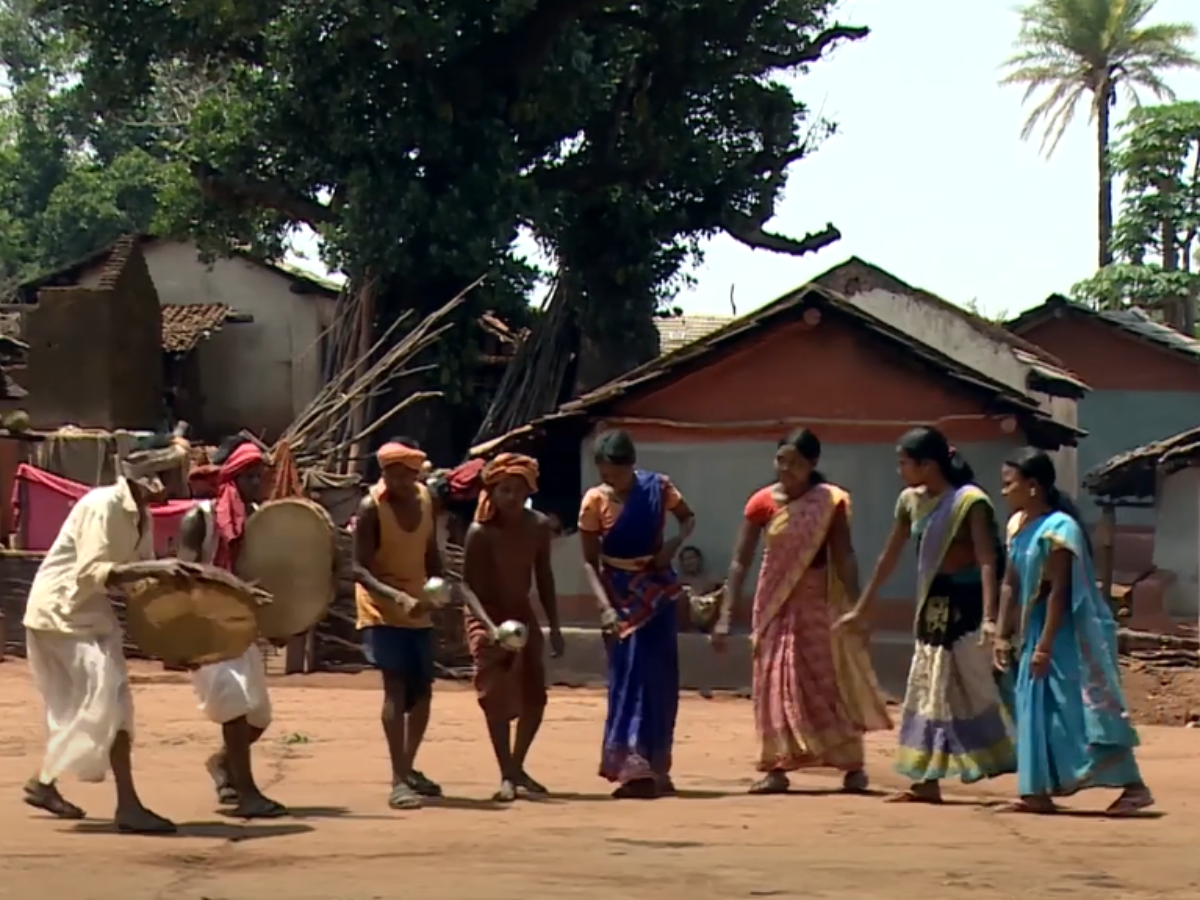
Filter Postion
Left
Filter Background
Off
Theme
Filter Header Image
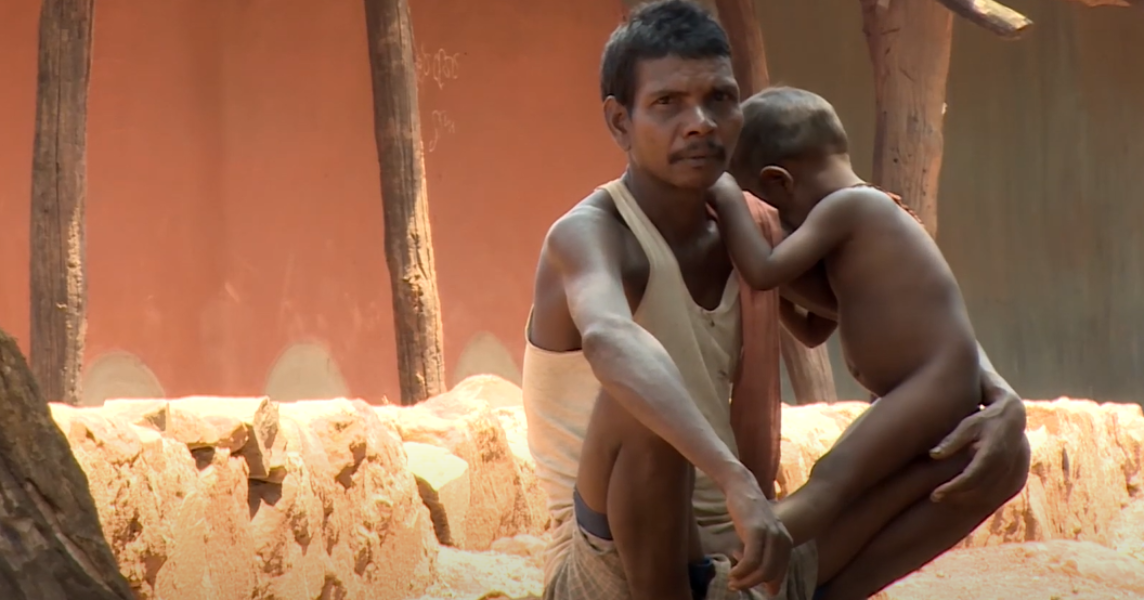
content
Image
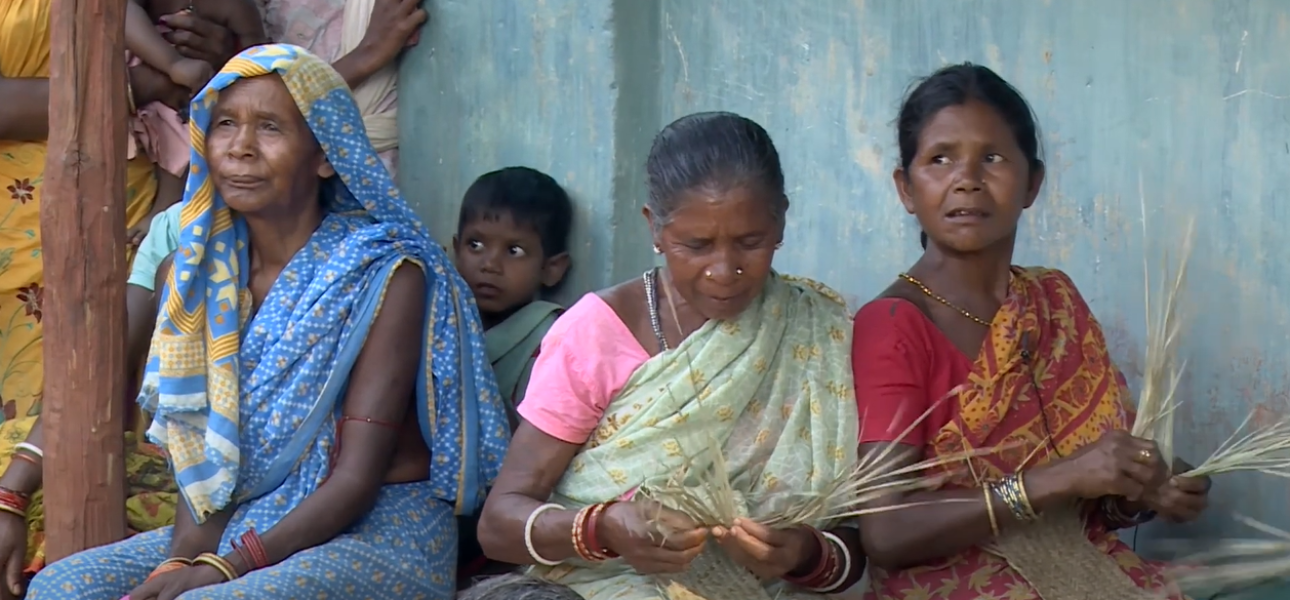
description
Each Paudi Bhuyan village functions as a close-knit social unit where people are deeply interconnected and support one another through joy and sorrow. The village plays a central role in key communal activities such as youth dormitory life, Biringa cultivation, funerary rites, and the organization of collective labor. Specific areas within the village are designated for group activities. The village is governed by its own political council with established rules. Multiple neighboring villages form an inter-village administrative and social organization known as Pirha. This institution facilitates interactions among villages in matters such as marriage alliances, agricultural collaboration, cultural exchanges like dancing, and sharing of liquor as tokens of goodwill.
Image Mode
landscape
Image
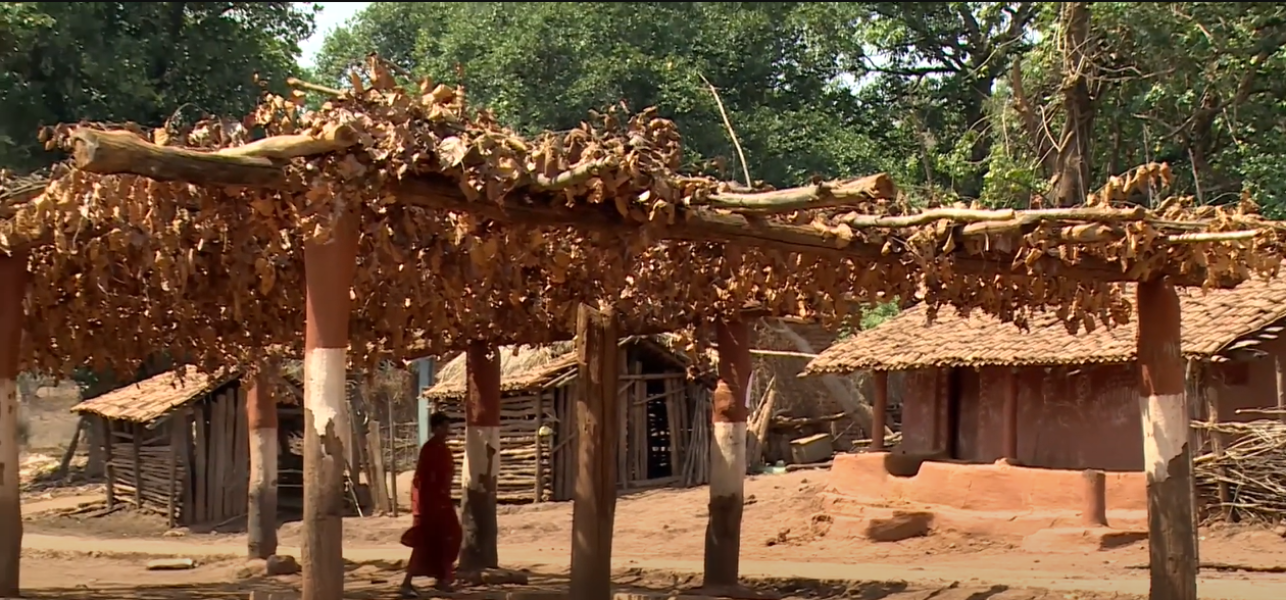
description
Elders from different villages within a Pirha occasionally gather to share updates and deliberate on community matters. Youths from villages identified as Bandhu (friendly) or Khilli (lineage-based units) engage in playful exchanges of gifts and affectionate teasing, strengthening bonds. The Pirha council also makes decisions on important matters such as reintegration into the society, distribution of property left by deceased persons without heirs, and acceptance of non-Paudi Bhuyan individuals into the tribe. The Pirha Dehuri, a ritual specialist, performs ceremonies at the inter-village level to uphold social unity and harmony.
Image Mode
landscape
Image
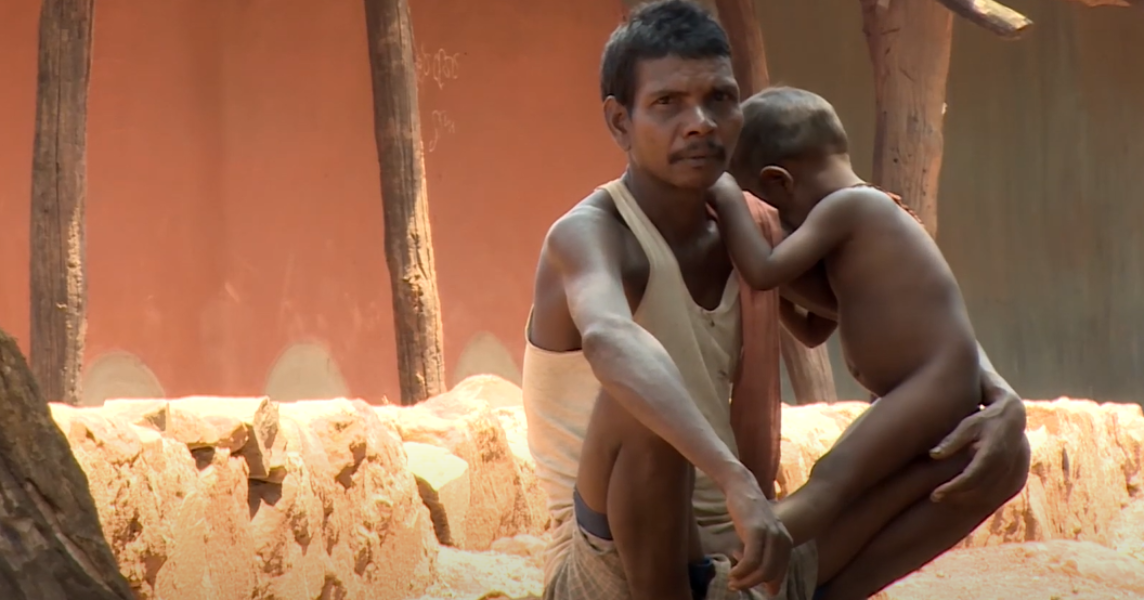
description
The family is the foundational social unit among the Paudi Bhuyan and follows a patrilineal structure. Property is inherited by the sons after the father’s death. The broader kinship organization, known as Khilli, is divided into smaller segments called lineages. These are further subdivided into major and minor lineages. Members of a Khilli trace their origin to a common ancestor, although genealogical records may be unclear. They consider themselves siblings, which prohibits marriage within the same Khilli—thus, Khilli serves as a mechanism to regulate marital alliances.
Image Mode
landscape
Image
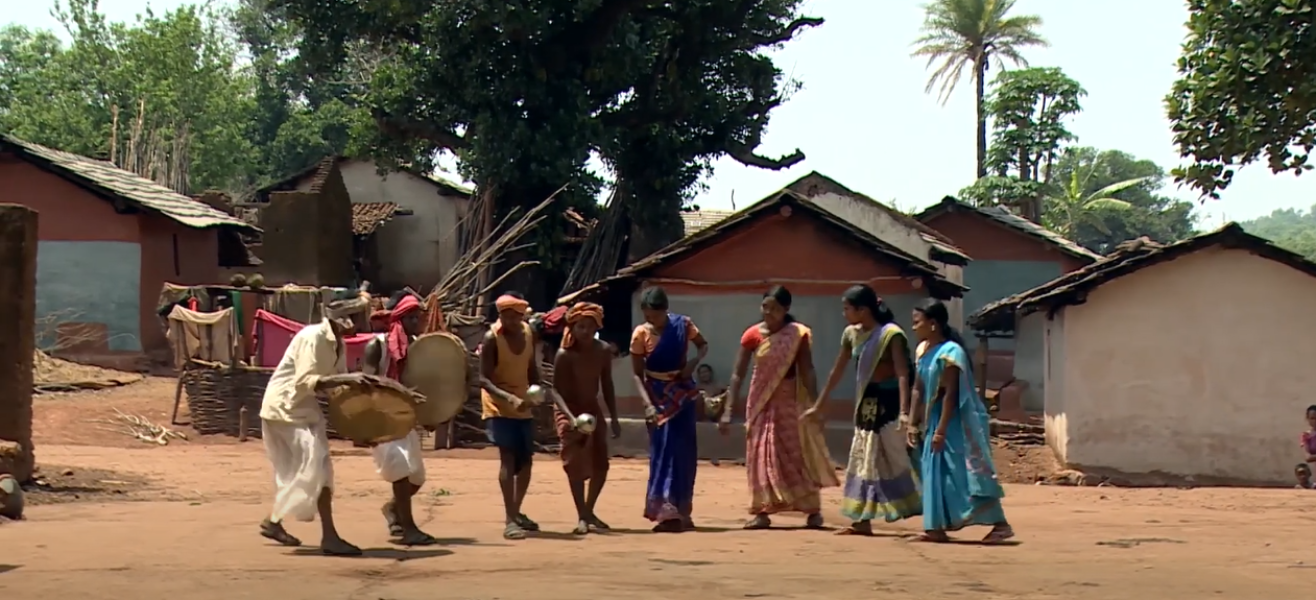
description
The Paudi Bhuyans hold Dharam Devata (the Sun God) as the Supreme Being and Basukimata (the Earth Goddess) as the supreme female deity. They were honored heavenly divinity as a couple to provide security to the community. The tribe smooths itself with the spirits, ancestors, and local deities besides these indigenous deities. Even Hindu gods like Shiva, Lakshmi, and Durga are worshipped in conjunction with the internal deities. The Dehuri is the village priest who, at the level of the community, conducts all the religious rituals, rendering the local deities and spirits proper homage. The individual also called Raulia or shaman has significant importance in spiritual healing and appeasement of any malevolent forces, especially during illness and unlucky happenings.
Image Mode
landscape
Image
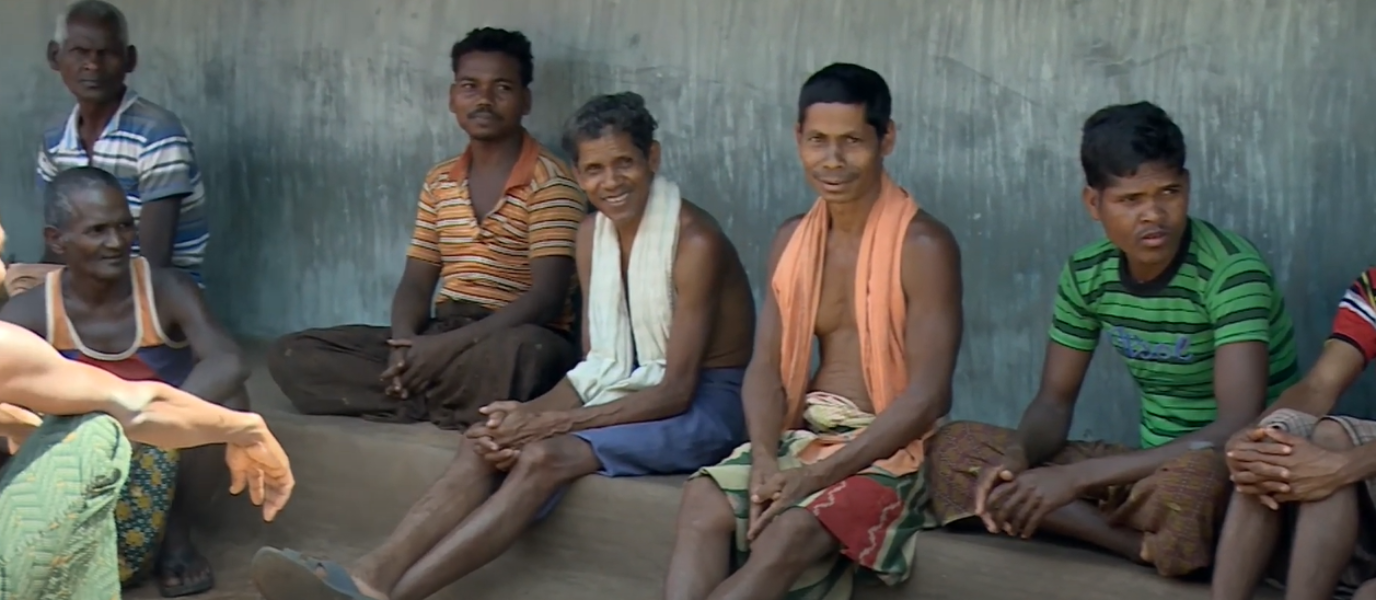
description
This youth dormitory by name Darbarghar is significant to the Paudi Bhuyan people. It is intended to be a cultural and educational centre where young boys and girls are trained in cooperation, mutual respect, and hospitality. It is also a venue in which elders come together to discuss the affairs of the village every day at the fireplace in the middle. The Darbarghar comprises not only socializing but it also functions as a community granary. The dormitory encloses a raised wooden platform on which are stored bundles of paddy, rice, pulses, and other grains. These are saved as a common stock during festivals or emergencies.
Image Mode
landscape
promoted
On
Verified
On
